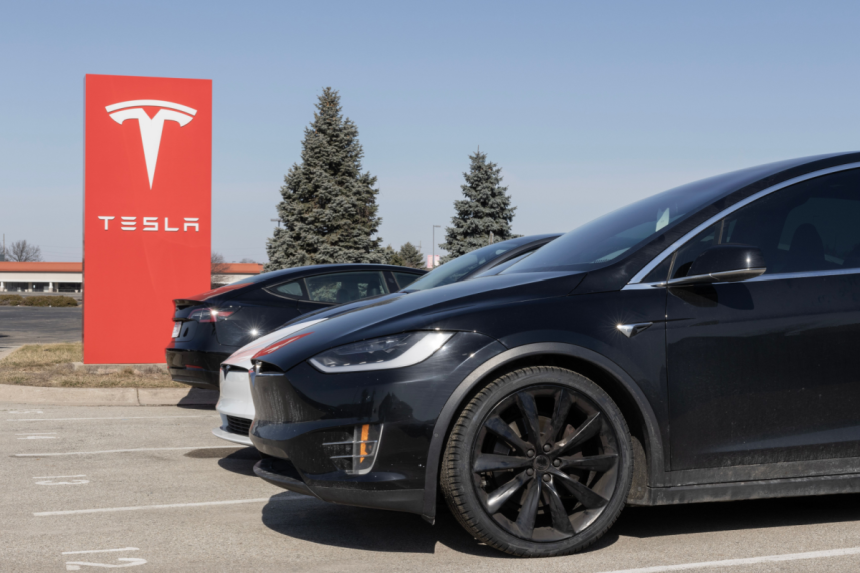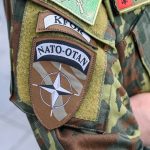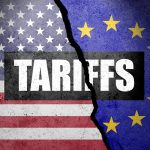Federal Investigation Targets Tesla’s FSD System
The National Highway Traffic Safety Administration (NHTSA) has launched a federal investigation into potential safety defects in Tesla’s Full Self-Driving (FSD) system, also known as Full Self-Driving (Supervised). The inquiry follows reports from media, vehicle owners, and other sources detailing 44 separate incidents in which Tesla vehicles using FSD allegedly ran red lights, steered into oncoming traffic, or committed other violations that led to collisions, including some resulting in injuries.
According to NHTSA’s notice released Thursday, the investigation covers all Tesla models equipped with FSD (Supervised) or earlier FSD (Beta) software versions — an estimated 2.88 million vehicles. While FSD is marketed as an advanced driver-assistance system, Tesla vehicles still require a human driver to remain alert and ready to take control at any time.
Evaluating Driver Warnings and System Response
The agency’s Office of Defects Investigation (ODI) has opened a Preliminary Evaluation to assess whether Tesla’s FSD provides sufficient warnings or reaction time for drivers to respond safely to unexpected maneuvers by the system. The review will also examine whether the software can correctly detect and respond to traffic lights, lane markings, and wrong-way signage.
Specifically, investigators will study “the time given to drivers to respond, the adequacy of warnings about system behavior, and the capability of FSD to identify and react appropriately to road signals,” according to the NHTSA’s statement. The evaluation aims to determine if Tesla’s system poses unreasonable safety risks to drivers, passengers, and other road users.
Tesla’s Response and Broader Context
Tesla has not commented on the probe. The company recently released FSD version 14.1 to customers, touting improvements to performance and safety. However, incidents involving erratic FSD behavior have persisted, leading regulators to question whether the technology is ready for widespread use.
For years, CEO Elon Musk has promised that Tesla vehicles would eventually achieve full autonomy, enabling owners to operate them as self-driving robotaxis capable of generating revenue during idle hours. That vision remains unrealized, as Tesla later informed owners that additional hardware upgrades would be required for future autonomy features. The company continues to test a pilot robotaxi service in Texas and other regions, but all current trials include human safety drivers or operators on board.
Regulatory and Political Challenges
The investigation comes amid broader challenges for U.S. automotive regulators. In February, President Donald Trump and Elon Musk jointly announced federal workforce cuts that included staffing reductions at NHTSA, limiting the agency’s capacity to investigate vehicle safety issues and regulate autonomous vehicle technologies. Critics have warned that reduced oversight could delay safety interventions and increase risks on public roads.
The outcome of this probe could have significant implications for Tesla’s autonomous driving ambitions and for the broader regulatory landscape governing advanced driver-assistance systems in the United States.
Conclusion
As the NHTSA investigation unfolds, Tesla faces renewed scrutiny over whether its FSD system meets safety standards required for consumer use. With nearly three million vehicles potentially affected, the probe represents one of the most comprehensive federal examinations of automated driving technology to date. The findings could determine not only Tesla’s future in autonomous vehicles but also the direction of national policy on self-driving systems.






